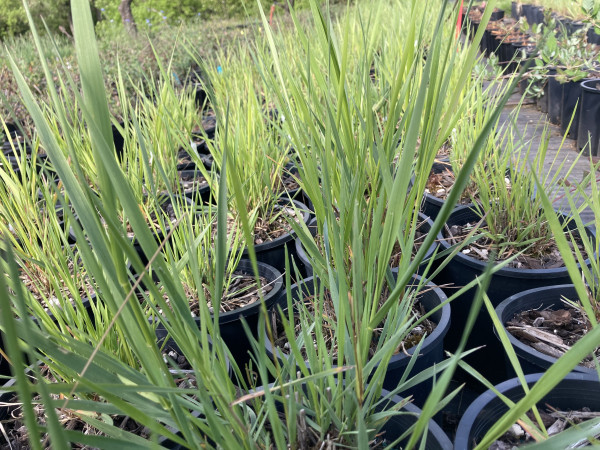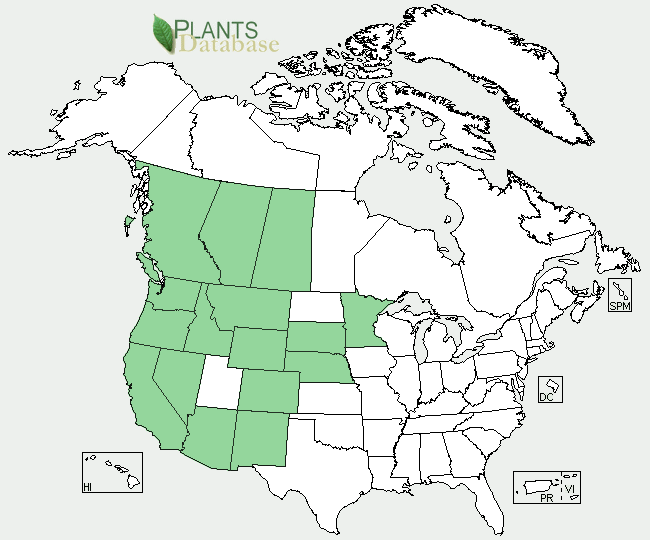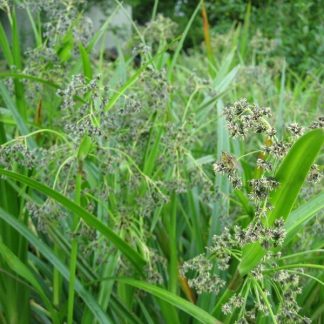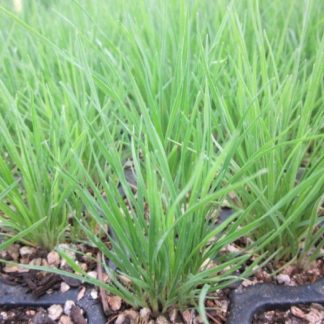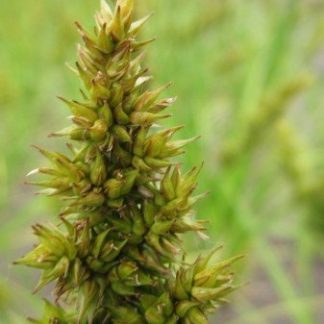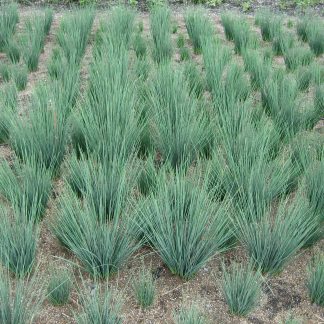Leymus cinereus
giant wildrye
Habit: this perennial grass grows from an extensive, deep, fibrous root system and forms large clumps of stiff greyish green foliage. Leymus cinerus has broad and tough leaf blades, which grow about 1 inch across and have a flat, smooth surface. Its dense flowering shoots bloom from early to mid summer, and attain a height of up to 6 feet. Groups of 3 or more spikelets crowd each node of the inflorescence spike. Spikelets are formed by up to 6 small, tan florets. After blooming, a seed grain is produced.
Ecology: found in scattered communities in gravelly slopes, sand dunes, and near sagebrush or streams at low to mid elevations. Native to the western United States and Canada, from British Columbia to southern California on the east side of the cascades, and west to Minnesota and the southern Rocky Mountains.
Growing conditions: the plant enjoys full sun or light shade, and dry or rather moist, well-drained soils. Giant wildrye is a beautiful bunchgrass which adds texture and background interest in the garden. It looks best east of the Cascades.
The Leymus genus has approximately 50 species, six of them are native to the Pacific Northwest. Native Americans used the leaves of leymus cinerus to cover the floor of food caches and winter houses; split stems were used as decoration material. The plant was also used to make a drink taken for medicinal purposes.
Specs
Perennial grass
3-6.5 feet (0.9 - 2 m )
1-3 feet (0.3 - 0.9 m
3b to 9b

